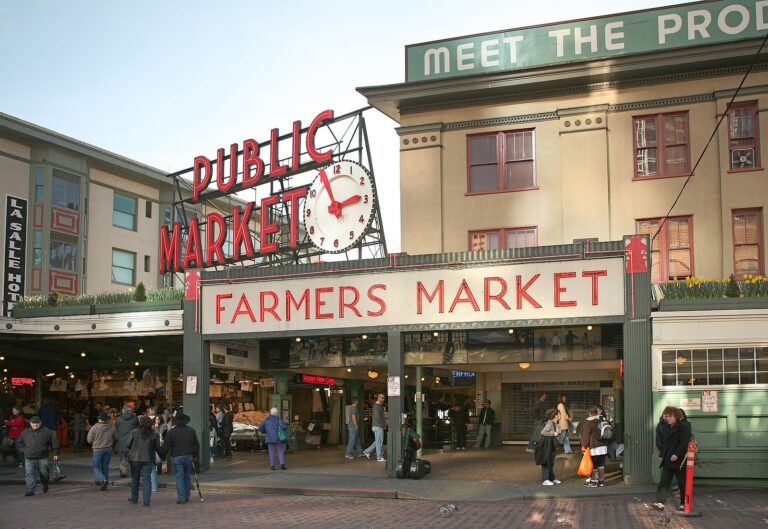Published on July 6, 2023

In Seattle, city government and the Downtown Seattle Association continue to build on the “Amazon Great Return” through a variety of strategies to reactivate downtown. While attempts to maintain safety and deter drug trafficking remain forefront in the news, increased foot traffic, intriguing office-to-residence retrofit proposals and trends toward park and retail reopening suggest a spirit of renewal. But here’s an old term—”third places”—that can help even more to set the tone for continued recovery, and spur more innovative ideas.
What are third places? Think informal public spaces (or commercial places that foster community) where people gather, socialize, and interact outside their homes (first places) and workplaces (second places). In addition to bookstores, they include cafes, libraries, parks, community centers and grocery stores.
According to urban sociologist Ray Oldenburg, third places and their criteria are essential for creating a sense of belonging, identity, civic engagement, and diversity in a city. More recently, they are identified with environmental sustainability if they are accessible by foot, bike, or public transit. Post-pandemic they can help transcend times of isolation with renewed social encounters; after lockdowns and social distancing, we need them even more.
Continue reading story at GeekWire.
Chuck Wolfe is Affiliate Associate Professor in the Department of Urban Design and Planning.
Originally written by Chuck Wolfe for GeekWire.